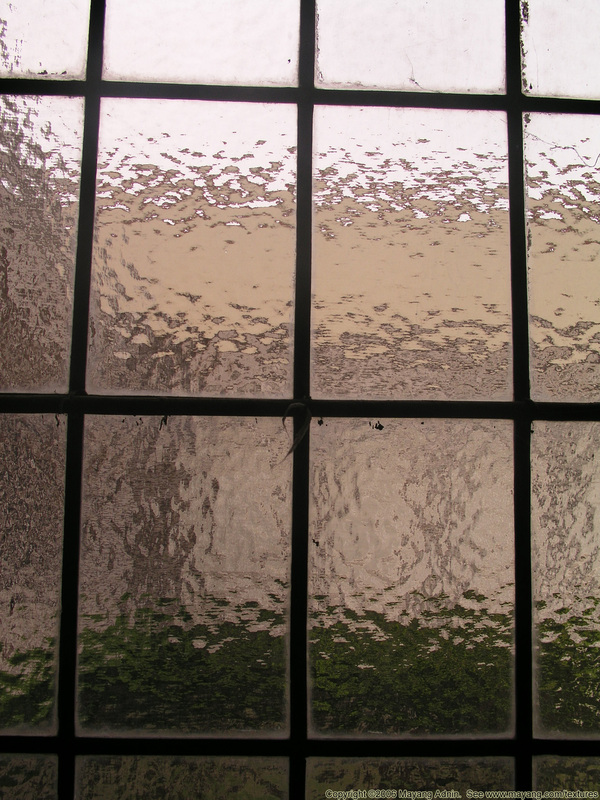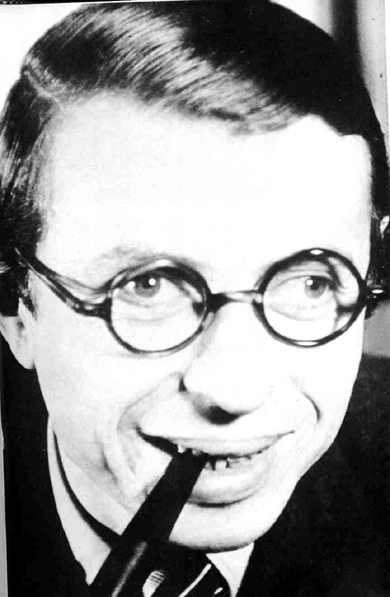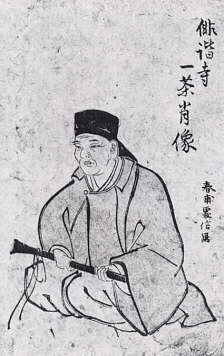
The most popular motif in Franny and Zooey is Ego. It is Franny’s battle with ego that sends her into the crippling depression she and her family are combating throughout the book. Franny sees that the professors at her college to totally be drown by their egos and finds it absolutely irksome. She also notices that her boyfriend Lane would rather be bathed in his ego than to listen and pay attention to Franny. The ego in Lane is aimed at looking like a honcho and shooting down Franny’s ideals that, to him, seem foolish and elementary.
But Franny also has an ego herself. It is because of her ego that she is shooting down her professors and higher education, why she does not listen to her brother and her mother, and why she is willing to conduct such an extreme religious journey. Religion, as argued in the book, is all about believing that your views are correct and by pursuing a religious life you are surrendering to ego.
Zooey, nearing the end of the book, scolds Franny’s attack on the ego saying that it is wrong not to act on your ego or to ignore it and that without ego there is only hobby. He says that ego is the breeder of new ideas. If Einstein didn’t have an ego he would never have pursued his physics career and would have instead worked a more modest career at McDonalds or whatever chain stores were popular in those days. Ego is a big part of destiny and only believe they are meant to accomplish something if they have an ego. Zooey then draws the border between hobby and ego. He says that hobby is fun and mediocre and that ego is for those who want to make a difference.
The protagonist’s last name in Franny and Zooey is Glass. While Glass may just coincidentally be the last name of these characters, this is literature and it is my obligation to make a theory for everything; I have crafted up a theory for Glass.
Glass in Franny and Zooey is not only just a name but also is a motif throughout the whole book. It is first referenced when describing the characteristics of the living room. The glass windows are described as lighting up the room but also shedding a light on the stains on the carpets and walls and all the clutter on in the shelves. Perhaps Salinger is alluding that this story is not only for seeing the brightness in the characters but also seeing the stains and flaws in personality; the ugliness that is encrypted inside all the members of the glass family.
Secondly, Glass is referenced during the argument between Franny and Zooey about the Jesus Prayer. Zooey is standing at the window, looking out at a girl with her dog. Salinger narrates the girl with her dog the same way he had been narrating the Glasses throughout the novel. The transparency of the glass of the window is the same kind of transparency that Salinger has with the Glass family.
The Theory of Bad Faith and what happens when we desert our temptation to act in bad faith serves as an undertone throughout the whole book. The phrase ‘Bad Faith’ and its meaning were coined by the existential philosopher Sartre in 1943 to describe an odd characteristic of human behavior. Bad Faith happens when someone believes that an outside force impedes their choices, generally wrong choices, and freedom when really their freedom is always in their hands. Sartre believed that, without exception, humans always have freedom to act by their will; chained or unchained, knowingly or unknowingly.
Though the whole Glass family is a victim of acting in bad faith, Zooey in particular is the most affected by the theory. Zooey seems to have something to blame for everything he finds misfortunate or ridiculous. Firstly, he feels that the family’s misfortune is caused by bad karma from previous carnations: “…the family must have piled up one helluva lot of bad karma”. Zooey also blames his brothers and his spiritual upbringing for, what he sees as, his personality flaws instead of taking responsibility for his behavior and his choices. This is acting in bad faith and there are many examples of the Glasses surrendering to bad faith.
Lane at the beginning of the novel uses bad faith in order to fit into a curtain complex or view he has of himself. He is truly excited to see Franny but is unwilling to show her how he feels because of his ego (which I will describe in the next Book blog as a motif.)
The practice of bad faith is an important part of carrying a polite conversation though. Lying in order to make people feel better and to assimilate into a social group is a common practice among chief communicators. At the beginning of the story, Franny neglects the practice of bad faith when talking to her partner, Lane. By telling the utmost truth and acting on her will, she is in turn deeply offending Lane and causing strife among her social group.
"O snail
Climb Mount Fuji
But slowly, Slowly!"
-Issa
When Zooey enters Seymour and Buddy's room to call Franney and pull her from her funk, Zooey reads a board full of philosophical and literary allusions that had in someway inspired either Seymour and Buddy back when they lived in the Glass House. One of the quotes was the one above. It inspired me not only because it is sort of witty but also because it didn't seem to follow the pattern for composing Haiku I had learned in Elementary School. So I shuffled though series of books of Japanese Haiku and found that they did not follow a pattern at all. And so began the search to understand why.
I found firstly that it was partly because of the translation from japanese to english. The structure of the poem had been skewed in the transformation to english.
Secondly, I found that because of the differences in languages the Japanese style of Haiku is composed slightly different from English Haiku. Japanese Haiku still follows that 5-7-5 pattern that everyone is in love with but instead of the numbers representing syllables, they represent letter sounds. So, for example, the word 'Mount' in English Haiku would count for one syllable while 'mount' in Japanese Haiku is counted for three letter sounds.




 RSS Feed
RSS Feed